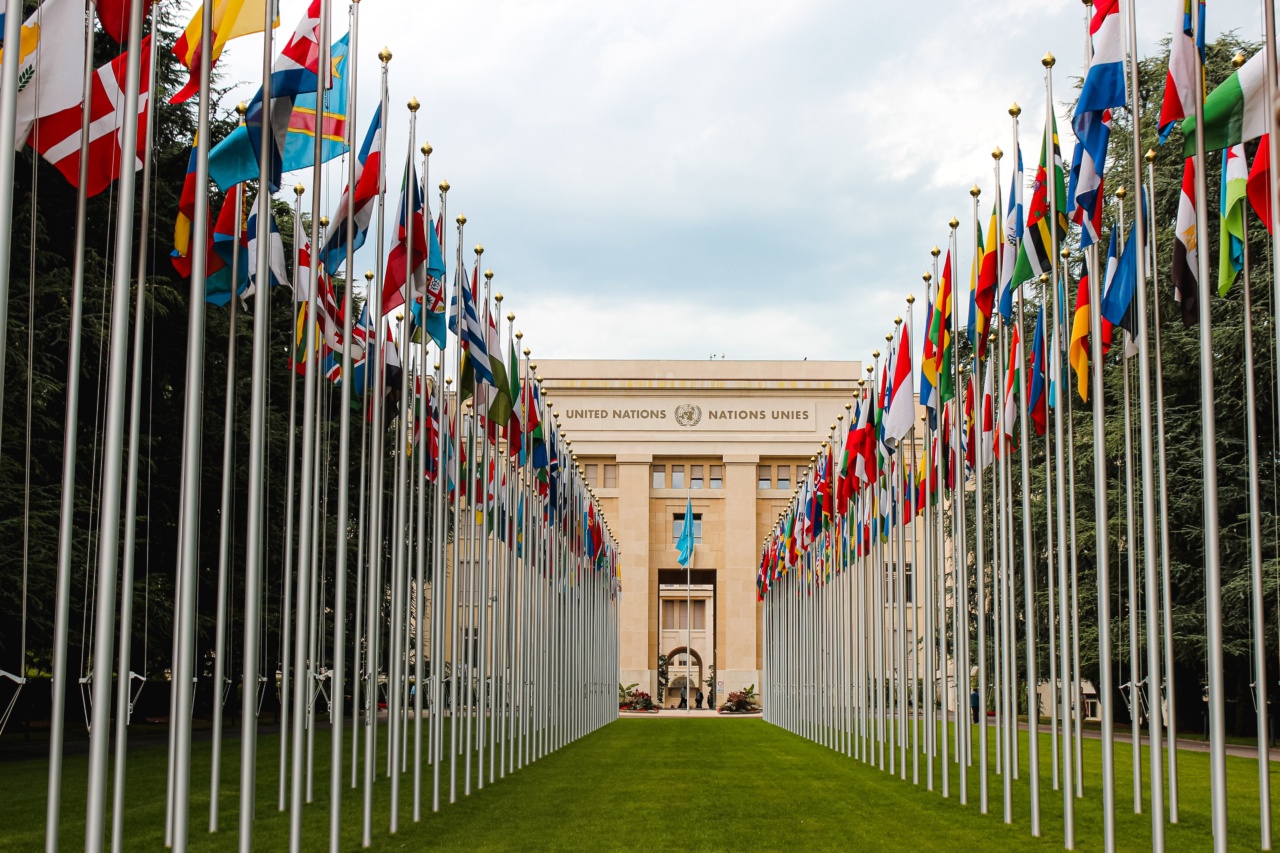Suicide is a tragic and devastating global issue that affects individuals, families, and communities. It is a complex phenomenon with various underlying causes, including mental health disorders, social isolation, financial struggles, and more.
Building a world without suicide requires a holistic approach, involving awareness, prevention, intervention, and support systems. This article explores the importance of addressing suicide, strategies to prevent it, and the role of individuals, communities, and policymakers in creating a society where suicide is no longer an epidemic.
The Scope of the Problem
Suicide is a significant public health concern worldwide. According to the World Health Organization (WHO), close to 800,000 individuals die by suicide each year, with many more attempting to take their own lives.
It is the second leading cause of death among young people aged 15 to 29 globally. The impact of suicide extends beyond the individual, causing immense grief and pain for families, friends, and communities.
Understanding the Causes
Suicide does not have a single cause; it typically occurs due to a combination of individual, social, and environmental factors. Mental health disorders, such as depression, bipolar disorder, and substance abuse, play a significant role.
Other factors, such as childhood trauma, a history of self-harm, access to lethal means, isolation, and social stigma, also contribute to the risk of suicide. It is crucial to recognize these factors and address them proactively to prevent suicide.
Breaking the Stigma
One of the biggest barriers to addressing suicide is the stigma associated with mental health issues. Negative attitudes, lack of understanding, and fear of judgment prevent individuals from seeking help.
Breaking the stigma requires education and open conversations about mental health. Communities, workplaces, schools, and media outlets play a vital role in fostering an environment of acceptance and support. By normalizing discussions around mental health, individuals feel more comfortable seeking help and support.
Raising Awareness
Creating a world without suicide begins with raising awareness about the issue. Discussions about suicide prevention should be integrated into school curricula, workplace training programs, and community initiatives.
Effective campaigns can be designed to target specific demographics and vulnerable populations. By increasing knowledge about the warning signs, risk factors, and available resources, individuals can recognize when someone is in distress and take appropriate action.
Prevention Strategies
Preventing suicide requires a multifaceted approach involving various strategies:.
1. Strengthening Mental Health Services
Accessible and affordable mental health services are essential for preventing suicide.
Governments and healthcare systems must invest in mental health infrastructure, including training more mental health professionals and expanding community-based services. By increasing the availability of services, individuals in need can access proper care and support.
2. Improving Early Identification and Intervention
Identifying individuals at risk of suicide and intervening early is crucial in preventing tragic outcomes.
Comprehensive mental health screenings in schools, workplaces, and healthcare settings can help identify individuals who require immediate support. Additionally, training teachers, healthcare providers, and community members to recognize warning signs can ensure timely intervention and support.
3. Restricting Access to Lethal Means
Limiting access to lethal means, such as firearms and certain medications, can significantly reduce the risk of suicide.
Public health policies should focus on implementing stringent regulations and safety measures, particularly among high-risk populations. This includes responsible firearm ownership, safe storage practices, and promoting safe disposal of expired or unused medications.
4. Promoting Resilience and Coping Skills
Building resilience and teaching effective coping skills is crucial in suicide prevention.
Educational programs in schools and community organizations should focus on fostering emotional intelligence, stress management, and healthy ways of dealing with challenges. Providing individuals with the tools to cope effectively with stress can mitigate the risk of suicidal ideation and self-harm.
5. Enhancing Support Networks and Social Connections
Loneliness and social isolation are significant risk factors for suicide. Building supportive communities and strengthening social connections can help individuals feel valued, heard, and supported.
Investing in community programs, support groups, and initiatives that foster inclusiveness and social integration is paramount in suicide prevention efforts.
Collaboration and Policies
Building a world without suicide requires collaboration among individuals, communities, mental health professionals, and policymakers:.
1. Interdisciplinary Collaboration
Suicide prevention efforts should involve professionals from diverse disciplines, including mental health experts, educators, researchers, social workers, and policymakers.
Collaborative approaches can lead to innovative solutions, increased resources, and coordinated efforts across various sectors.
2. Policy Changes and Legislation
Policymakers play a crucial role in shaping the social and mental health landscape.
They must prioritize suicide prevention by allocating resources, developing evidence-based policies, and implementing legislation that supports mental health initiatives. This includes funding for research, mental health parity laws, and comprehensive suicide prevention plans.
3. Postvention Support
Postvention refers to support services provided to individuals and communities affected by suicide.
Effective postvention strategies involve providing psychological support, grief counseling, and resources for healing to those left behind after a suicide. By addressing the aftermath of suicide, communities can reduce the risk of contagion and support individuals in their healing process.
The Power of Compassion and Empathy
Building a world without suicide requires empathy and compassion towards individuals struggling with mental health issues. It is essential to listen without judgment, provide support, and encourage help-seeking behavior.
Every individual can contribute to suicide prevention by creating an environment of understanding, empathy, and kindness.
Conclusion
Creating a world without suicide is an ambitious goal that necessitates concerted efforts from individuals, communities, and policymakers.
By addressing the underlying causes, reducing stigma, raising awareness, and implementing effective prevention strategies, we can minimize the devastating impact of suicide. Together, we can build a society where everyone can access mental health support, find resilience in the face of adversity, and live fulfilling lives free from the burden of suicide.































